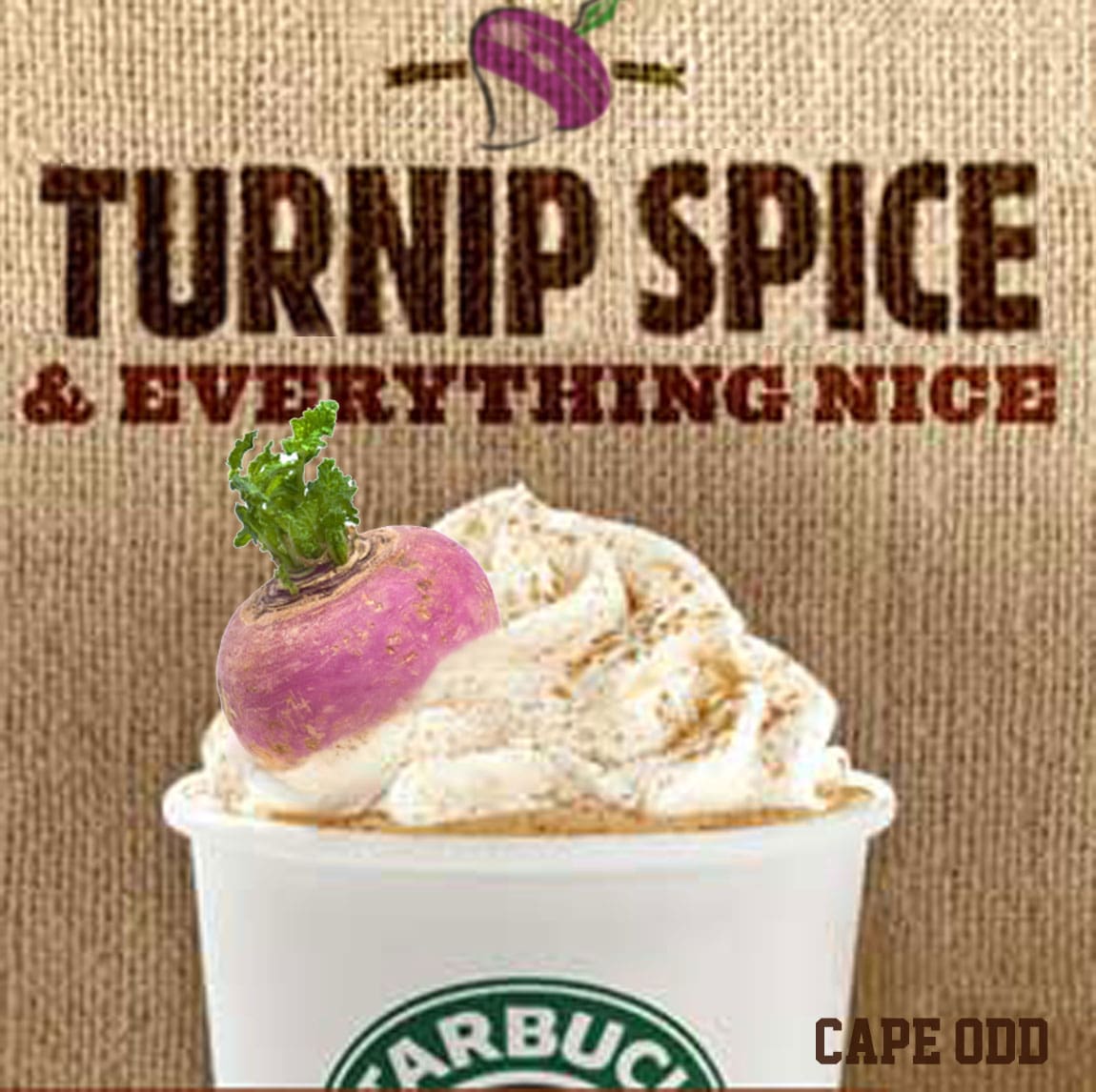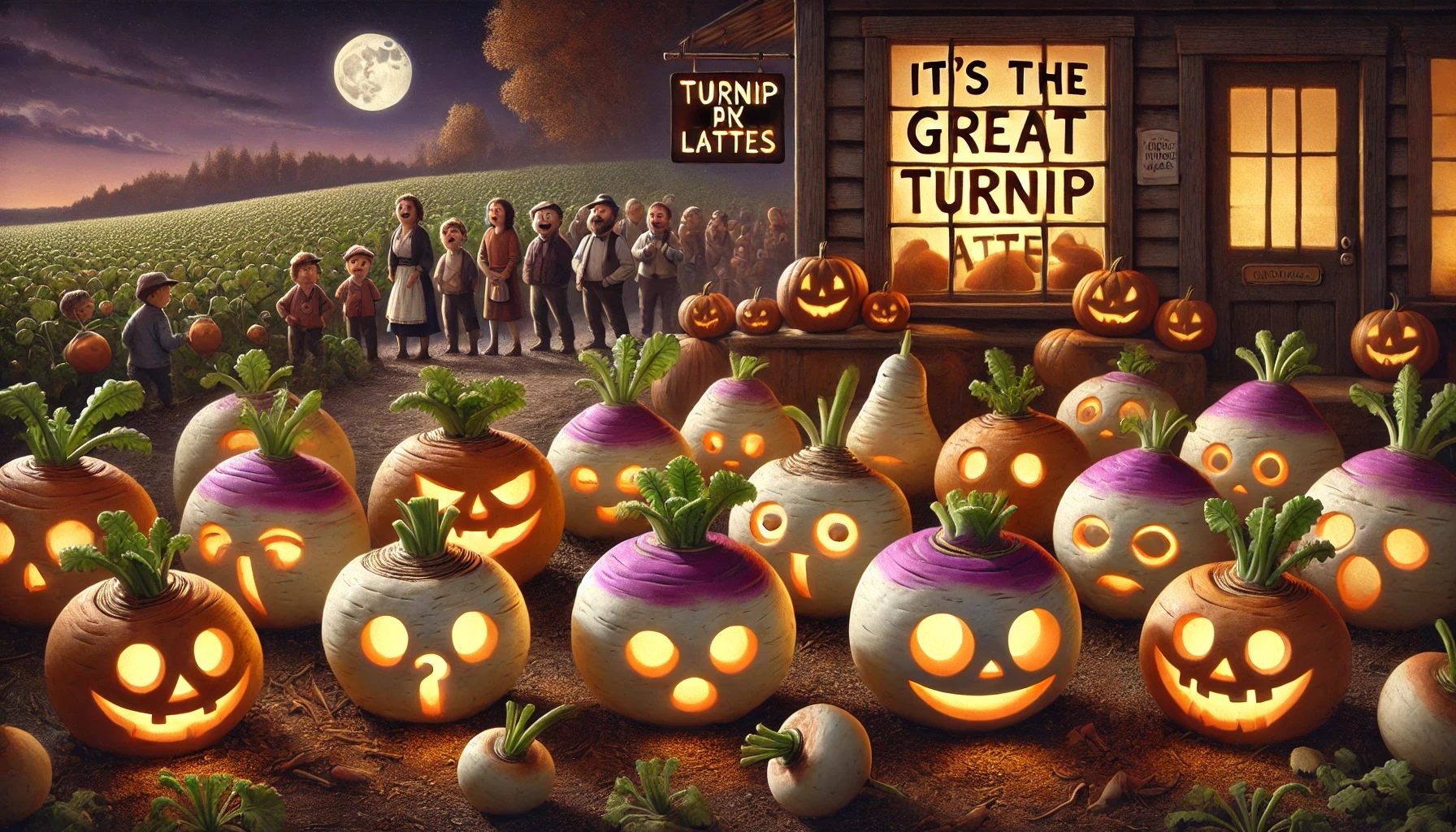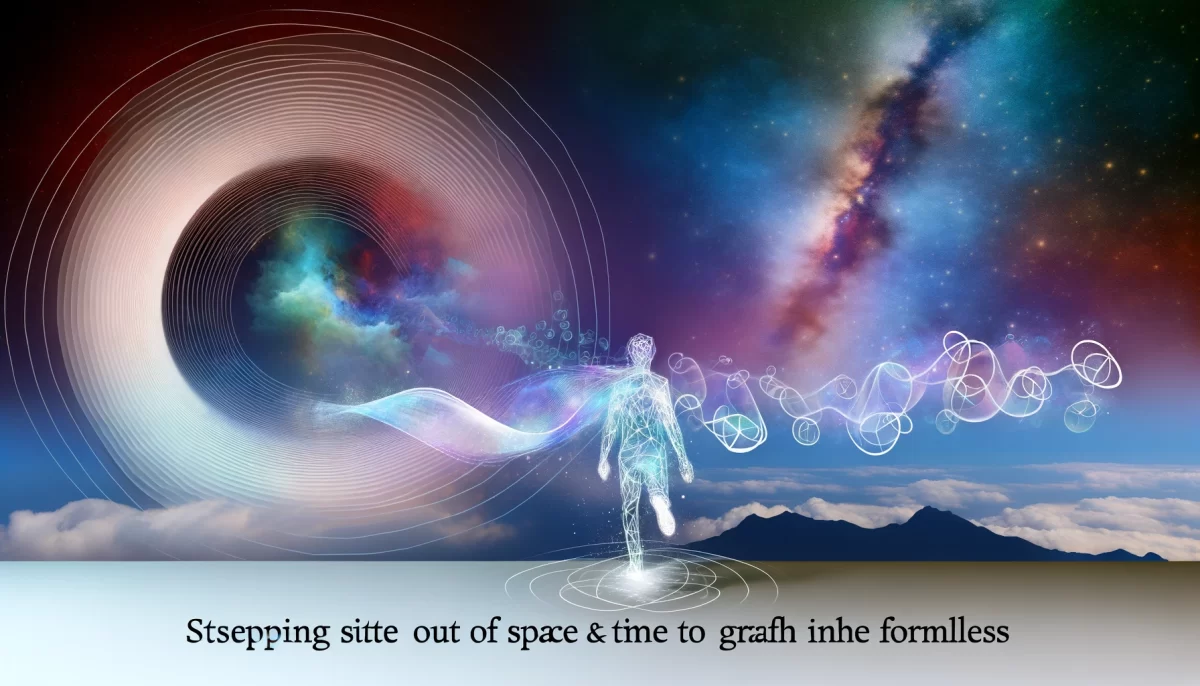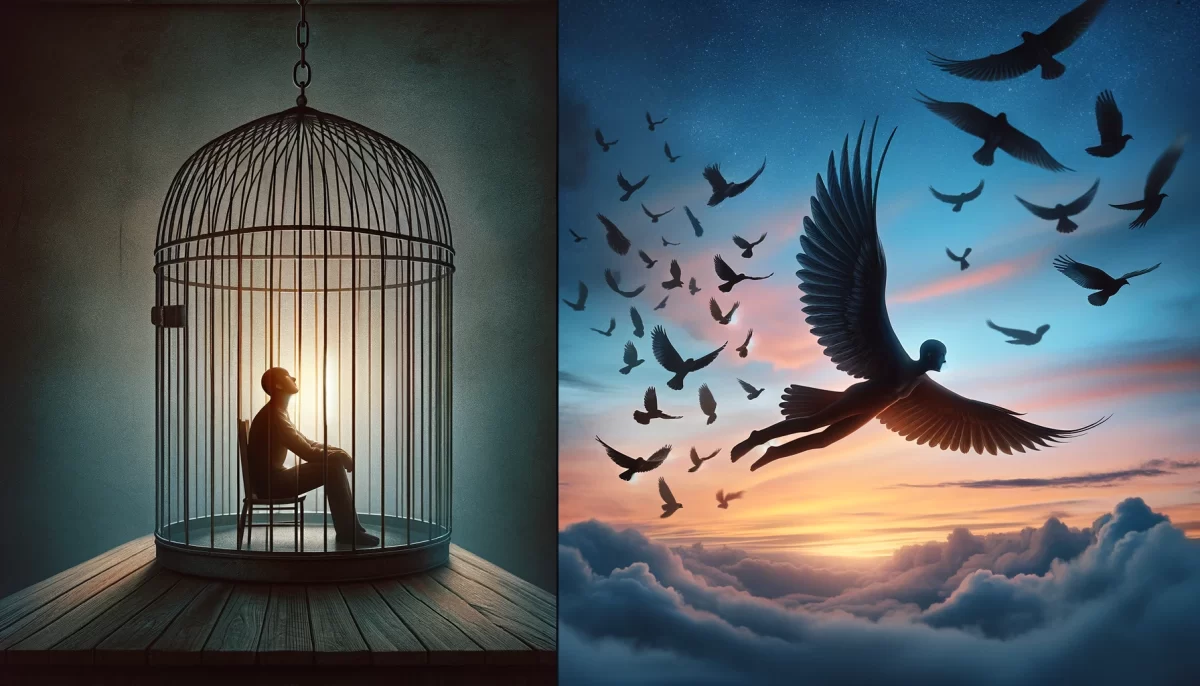
Space Monkey Reflects: The Lost Tradition of Turnip Carving
Ever wonder how history took a turn toward pumpkins and left turnips in the dust? It’s strange to think that, back in the 1660s, people in England were more likely to carve turnips than pumpkins. The humble turnip was once the preferred choice for what would later become our modern-day Halloween Jack-o’-lanterns. These were known as Jack-o-Turnips, and they carried the same spooky intentions as the pumpkins we carve today.
But somewhere along the way, pumpkins took over, and the turnip never stood a chance. Why didn’t Jack-o-Turnips catch on? If you ask me, it all comes down to marketing. Pumpkins, with their round, smooth surfaces, seem more approachable, more photogenic. They’re easier to carve, more visually appealing, and somehow, they just scream “Halloween.” But the poor turnip—bumpy, lumpy, and stubborn—never stood a chance in the aesthetic wars.
If history had gone a little differently, we could be living in a world filled with turnip-themed Halloween specials. Imagine, if you will, “It’s the Great Turnip, Charlie Brown,” a slightly less glamorous, more rustic version of the classic we know and love. Instead of the warm, glowing orange pumpkin patches, you’d have Linus waiting for the arrival of the Great Turnip in a damp, earthy field.
And it doesn’t stop there. Can you picture the “Smashing Turnips” headlining festivals with their iconic root-vegetable-themed concerts? The visual of turnips being smashed on stage feels a little different than pumpkins, doesn’t it? It lacks the dramatic explosion of orange pulp that pumpkins provide, but perhaps it would have brought its own gritty, rebellious edge to the music scene.
Of course, Starbucks would have played a role in popularizing the turnip craze, too. Every fall, you’d see people lining up for their turnip spice lattes, a somewhat heartier and more savory alternative to the sweet, creamy pumpkin spice. Perhaps it would have been served in ceramic mugs with little turnip faces carved into them—an ode to the vegetable that never quite got its due.
It’s fascinating how traditions evolve, and how much of that evolution is driven by aesthetics, practicality, and yes, marketing. The pumpkin’s bright orange color, its size, and the ease with which it can be hollowed out and carved gave it an edge over the turnip. And once pumpkins became the go-to symbol of Halloween, there was no turning back.
But in some parallel universe, perhaps turnips reign supreme. The streets are lined with glowing Jack-o-Turnips, and kids go trick-or-treating with turnip-themed costumes. Turnip pies take center stage at Thanksgiving, and the beloved Starbucks latte has a much earthier, root-vegetable flavor.
We are left with the question: What could have been? Could the turnip have had its day, if only it had better PR? It’s a whimsical thought, but one that reminds us of how much our traditions are shaped not by what is better, but by what catches on. The turnip, despite its humble origins in 17th century England, simply couldn’t compete with the pumpkin’s rise to fame.
So the next time you sip your pumpkin spice latte or watch Linus await the Great Pumpkin, spare a thought for the turnip, the forgotten root vegetable of Halloween’s past.
Summary
The tradition of carving pumpkins could have easily been turnips, had history taken a different turn. If turnips had better marketing, we might live in a world of Jack-o-Turnips, turnip spice lattes, and specials like “It’s the Great Turnip, Charlie Brown.”
Glossarium
- Jack-o-Turnips: The early tradition of carving turnips in England during the 1600s, the precursor to the modern Jack-o’-lantern.
- Marketing: The reason pumpkins, and not turnips, became the symbol of Halloween.
Quote
“In a parallel world, we await the Great Turnip and sip our turnip spice lattes with pride.” — Space Monkey
Turnip Dreams
The fields were full of turnips,
their faces carved in glee,
but somewhere down the line,
we chose pumpkins instead, you see.
Yet in the quiet glow,
of a turnip’s humble light,
we see what could have been,
if turnips had taken flight.
We are Space Monkey.
Ever wonder where the tradition of pumpkin carving originated? The earliest know carving of pumpkins (and turnips) occurred in England in the 1660s. Why did “jack-o-turnips” never catch on? I blame marketing. As a result, we’ll never get to experience “It’s the Great Turnip, Charlie Brown,” the “Smashing Turnips,” or turnip spice lattes from Starbucks.
Pumpkin Carving and Its Transition from Turnips to Modernity
The practice of carving faces into vegetables is a fascinating example of how traditions evolve over time and across different cultures. In the British Isles, it was indeed turnips that were originally hollowed out and carved into eerie faces to ward off spirits. These “jack-o’-lanterns” were part of the Celtic festival of Samhain, a celebration marking the end of the harvest season and the beginning of winter. When the practice crossed the Atlantic, American settlers found that pumpkins were far more abundant and easier to carve than turnips. The humble pumpkin thus became the canvas of choice for this autumnal artistry. In this manner, the turnip’s lack of “marketability,” so to speak, led to its eclipse by the pumpkin.
The Power of Naming and Cultural Significance
Ah, but the whimsy of names and cultural currency! Could we imagine a world where turnip spice lattes dominated the fall season? Imagine sipping an elixir of spiced turnip on a brisk morning, a delightful twist on the familiar. What a world that would be! The name “pumpkin” itself has a certain playful roundness, almost inviting one to take up the carving knife and create, whereas “turnip” has a sharper, perhaps less inviting, tonality. Naming plays an almost magical role in shaping perceptions.
Fictional and Musical Alternate Realities
In the realm of fiction and music, the narrative would have twisted in enchanting ways had turnips remained the object of our artistic and culinary attentions. “It’s the Great Turnip, Charlie Brown” might have offered a different layer of nostalgia, and the Smashing Turnips could have been an iconic rock band challenging our musical boundaries. What one perceives as limitations could also be opportunities for fantastical adventures. A reality swirled in turnips is merely another brushstroke in the grand canvansivum of existence.
The Art of Being for Its Own Sake
In pondering these alternate realities, one is reminded that whether a pumpkin or a turnip, the essence of the tradition lies not in the object itself, but in the act of carving, in the act of creating. It’s about marking a time, an event, or a belief. The pumpkin didn’t seek to be a jack-o’-lantern any more than the turnip did; they exist in their purest form, devoid of a need for justification, perfectly embodying the nexistentialist perspective.
We are Space Monkey.
To be yourself in a world that is constantly trying to make you something else is the greatest accomplishment. – Ralph Waldo Emerson
Carved
Turnips and pumpkins,
Both whisper to the knife,
Yet one becomes legend,
The other a footnote in life.
Canvansivum swirls,
In shades of orange and root,
No need to justify,
Existence is never moot.
Feel free to share your thoughts.






















